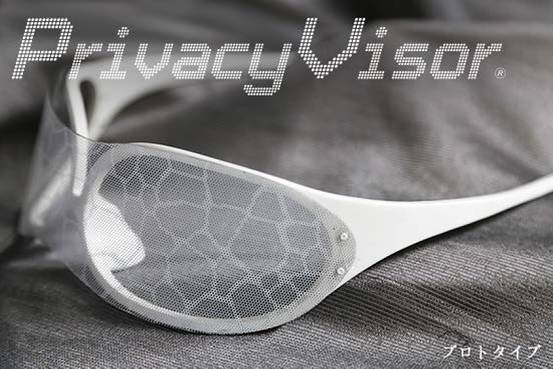
Many see endless possibilities in facial recognition technology, an optimism which has all ready led to a number of applications for this emerging form of identification and verification. For example, local and state police departments, not to mention the Federal Bureau of Investigations, have spent the past few decades incorporating recognition software into surveillance cameras in an effort to assist in the capture of known criminals. At the same time, tech companies are beginning to incorporate facial recognition into their applications as a form of biometric security, as evidenced by MasterCard's recent announcement of a trial program that employs such software as a means of verifying payments to users' accounts.

Source: The Wall Street Journal Not everyone is happy with those developments, however. Privacy advocates, among others, are concerned that facial recognition technology could unnecessarily infringe upon their civil liberties. They see most forms of surveillance as an intrusion into their personal lives, and as a result, many of them are on the lookout for solutions that can help safeguard their privacy. A recently announced "privacy visor" may now satisfy their demands. Developed by the National Institute of Informatics (NII) in Japan, the visor is actually the newest iteration of a product that was announced in 2013. The older model used 11 near-Infrared (IR) LED lights placed around the eyes and nose to distort a user's features if and when a surveillance camera captured their picture. The visor's creator, Isao Echizen, told ZDNet the following back in 2013:
"As a result of developments in facial recognition technology in Google images, Facebook et cetera and the popularisation of portable terminals that append photos with photographic information ... essential measures for preventing the invasion of privacy caused by photographs taken in secret and unintentional capture in camera images is now required."
However, as stated in a video demonstrating the visor's original form, the 2013 model was incomplete due to its reliance on the spectral sensitivity that exists between human vision and imaging devices. This means that it could render facial recognition software temporarily unusable only in cameras affected by IR light. To address this vulnerability, Echizen and his team have developed a newer version of the visor that uses a new, unspecified material along a patterned, angled surface to absorb and reflect light back at imaging devices, thereby confusing their sensors. The device also has a titanium frame and is much slicker than its predecessor.
“The Privacy Visor is the world’s first product with this technology,” Isao Echizen told The Wall Street Journal. “We are often told not to unveil our personal information to others, but our faces are also a type of an ID. There should be a way to protect that."
Echizen's newest visor is designed for people who spend a great deal of time walking through crowded areas where photographs may be taken without their knowledge. As of this writing, the visor is scheduled to hit the market in June 2016 for a price of ¥30,000 (US $240). Title image courtesy of ShutterStock

